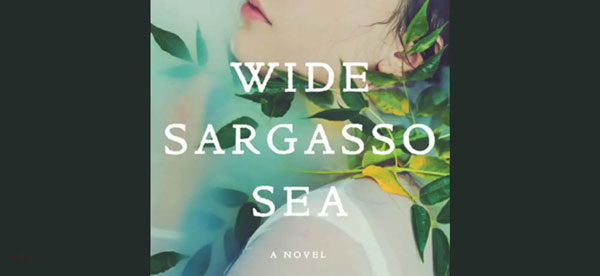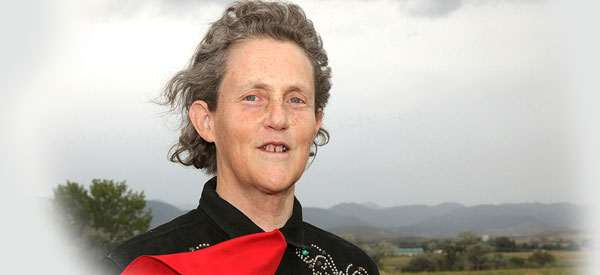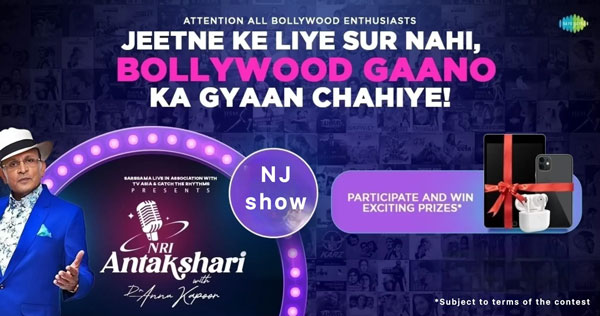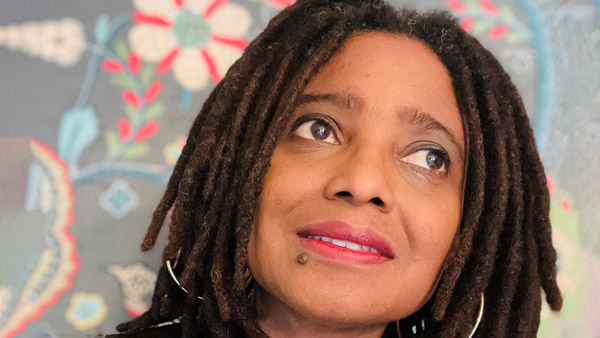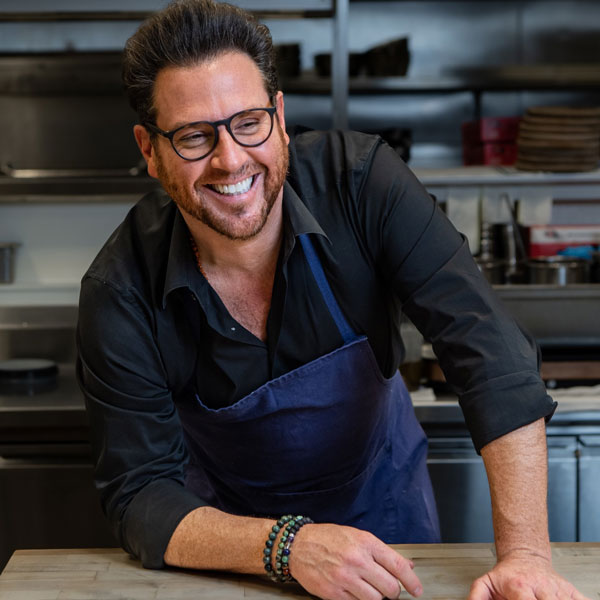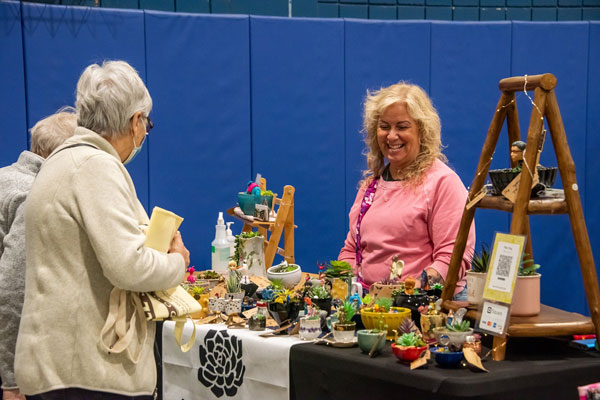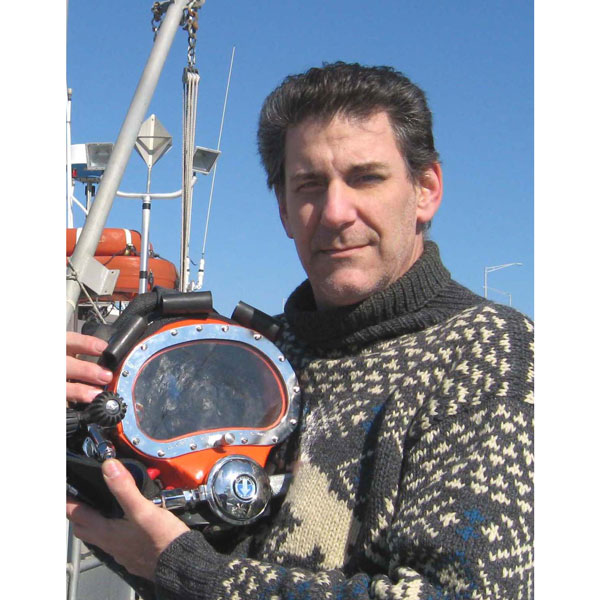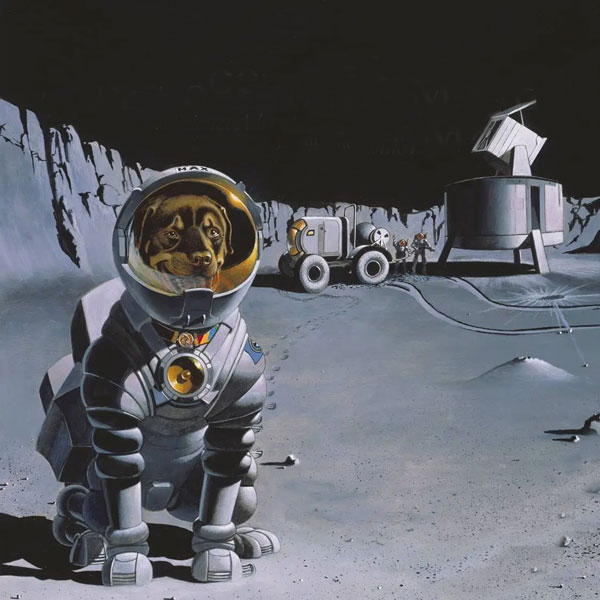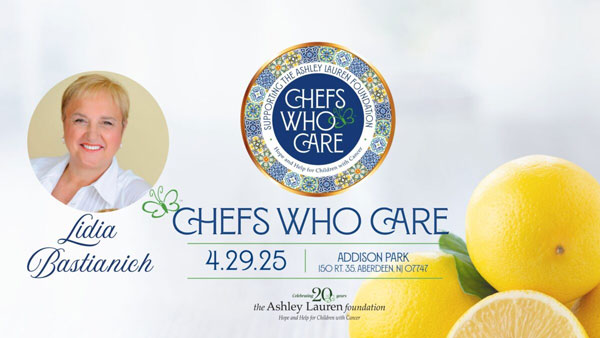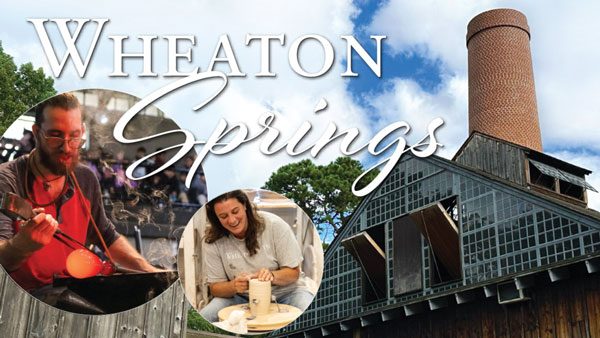By Shen Shellenberger, JerseyArts.com
originally published: 05/25/2023
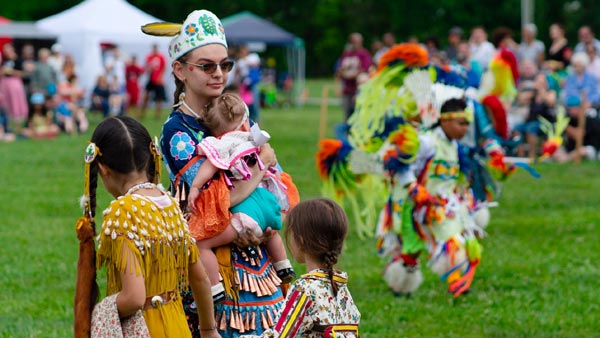
What IS a Pow Wow? Well, according to the website of the Nanticoke Lenni-Lenape Tribal Nation, a Pow Wow "is a Native American festival where nations from throughout the continent gather at a hosting nation's land and share in celebration through singing and dancing."
That description is accurate to a point, but I learned from talking to Tyrone "Dancing Wolf" Ellis, who has served as Lenni-Lenape Pow Wow Coordinator for over a decade, that a Pow Wow is many things.
There are two kinds of Pow Wows, the competitive and the traditional. "The competitive is, of course, one where the singers and dancers compete in different categories and ages for prizes," he said, "and the traditional is more about coming to dance to educate as well as to pray."
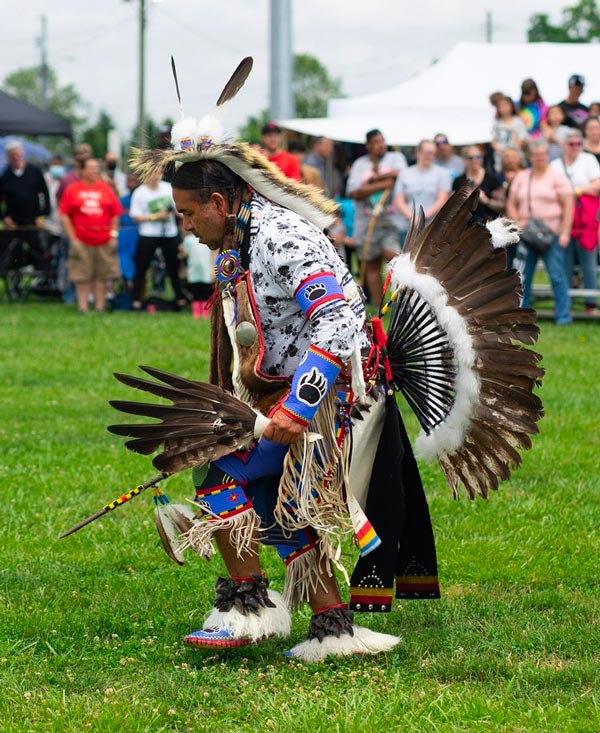
Northern traditional dancer in full regalia and eagle bustle. (Photo by Mel GP Photography)
“Our Pow Wow is competitive, with both dancers and singers vying for prizes,” Ellis said. Regardless of the type of Pow Wow, he said "It is an opportunity for our people to gather as a family, to see each other and spend time together, and a way for us to enlighten the public and raise cultural awareness."
The Lenni-Lenape Tribal Nation 42nd Annual Pow Wow will be held Saturday, June 10, and Sunday, June 11, at the Salem County Fairgrounds, 735 Harding Highway in Woodstown. The gates open at 10:00 a.m., with the Grand Entry happening at noon.
And, for this year only, admission is FREE!
In addition to the dancing and singing competitions, the event will feature a Car Show held Sunday, a Birds of Prey presentation, Aztec dancers, drummers and more.
"These events also serve as a platform for our people who make and sell Native American food, arts, and crafts for a living," Ellis said. "They travel what we call the Pow Wow Trail, because Pow Wows are happening somewhere every weekend." (This is not an overstatement. See for yourself on the PowWow.com calendar pages.)
Pow Wows, like other tribal gatherings, have standards of appearance and behavior, with No. 1 on the Nanticoke Lenni-Lenape Gathering Etiquette list being "no drugs, alcohol or firearms." Other rules restrict wearing cutoffs, shorts, tank tops or halter tops, miniskirts and more. The Pow Wow also expect attendees to not litter, to clean up after themselves, and to keep track of their children.
I asked Ellis about the costumes worn to Pow Wows and other ceremonial events. "The regalia," he said, subtly correcting my word choice, "is an individual choice."
"There are things that are exclusive to each tribal nation that may be reflected in their regalia," Ellis explained. "For example, Lenape's primary colors are red and black, to reflect one of the great spirits whose face resembles a mask, with half black and half red."
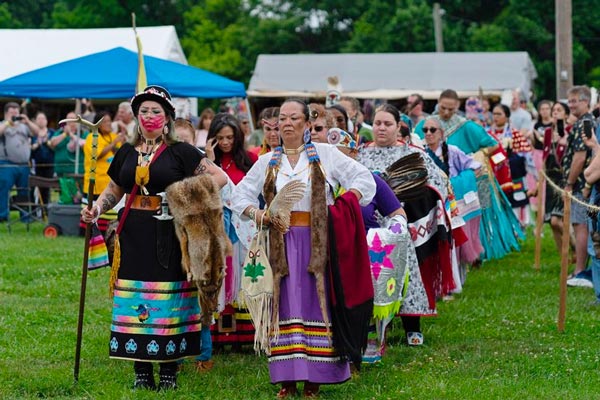
Women traditional dancers during the Grand Entry. (Photo by Mel GP Photography)
"The symbols and designs have their own meanings, such as regional designs like florals being a characteristic of East Coast woodland people. Some crests may symbolize a family's clan within their community and others within an immediate family."
"As far as family members wearing similar regalia, again, it is to each their own," Ellis said. "But it also isn't uncommon to see children with regalia that are similar to their siblings' or that were passed down from child to child.
"But as children get older and discover more about themselves, they figure out what they like and what defines them, and you will see more diversity in regalia within a family."
Surprisingly young for his level of involvement with the tribe, Ellis considers his age to be an advantage, especially when interacting with the community's younger members. "I tell them that I understand what they are experiencing because it wasn't long ago that I was where they are," Ellis said. “Being a teenager is challenging, especially when it comes to fitting in. And the angst that comes with feeling different can be more intense for Native American youth.”
"It can be lonely," he said.
Ellis addresses that issue head-on by serving as Tribal Youth Adult Advocate. In that capacity, he can be a resource for the younger members and act as a sounding board. "I remember sensing that the elders did not take me seriously, even though I had lived as a Native American for all my life. The youth often feel unheard."
"I strongly encourage them to attend the ceremonies," he said, "and to participate in any way they can." And this year, Ellis is taking "his kids" from the youth group to the National Unity Conference in Washington, D.C. The event draws over 2,000 youth, ages 14 to 23, from all over the United States. And the description on their web pages states that "the national conference is a place where Native youth voice is encouraged and valued."
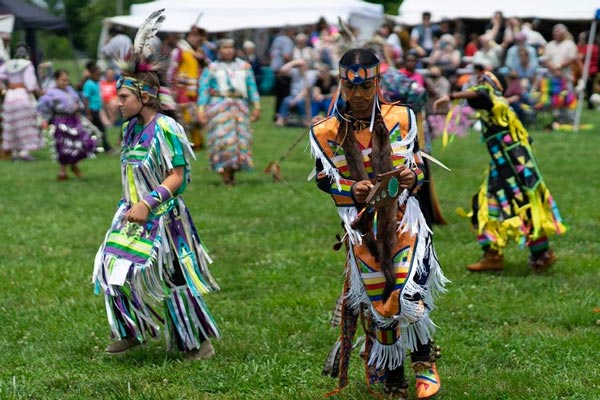
(Center) Chicken dancers and (background) grass dancers and jingle dress dancers. (Photos by Mel GP Photography)
And Ellis' four children, are they active participants in tribal life?
"They had no choice," he said with a laugh. "Our family has been part of this tribe for generations."
Another important thing that Ellis is involved with is helping the tribe update the museum and create a performing arts center. "Right now, our tribal headquarters is a small storefront shop in downtown Bridgeton called Turtle Trading Post," he said. "And we hold our meetings and tribal ceremonies at what we call Cohanzick Tribal Grounds in Fairton, New Jersey."
But Ellis said plans are in place to expand the museum and build a dedicated performing arts center. "The structure is just a pole barn building on our property right now, but we plan to outfit it so that we can hold events and activities there," he said.






